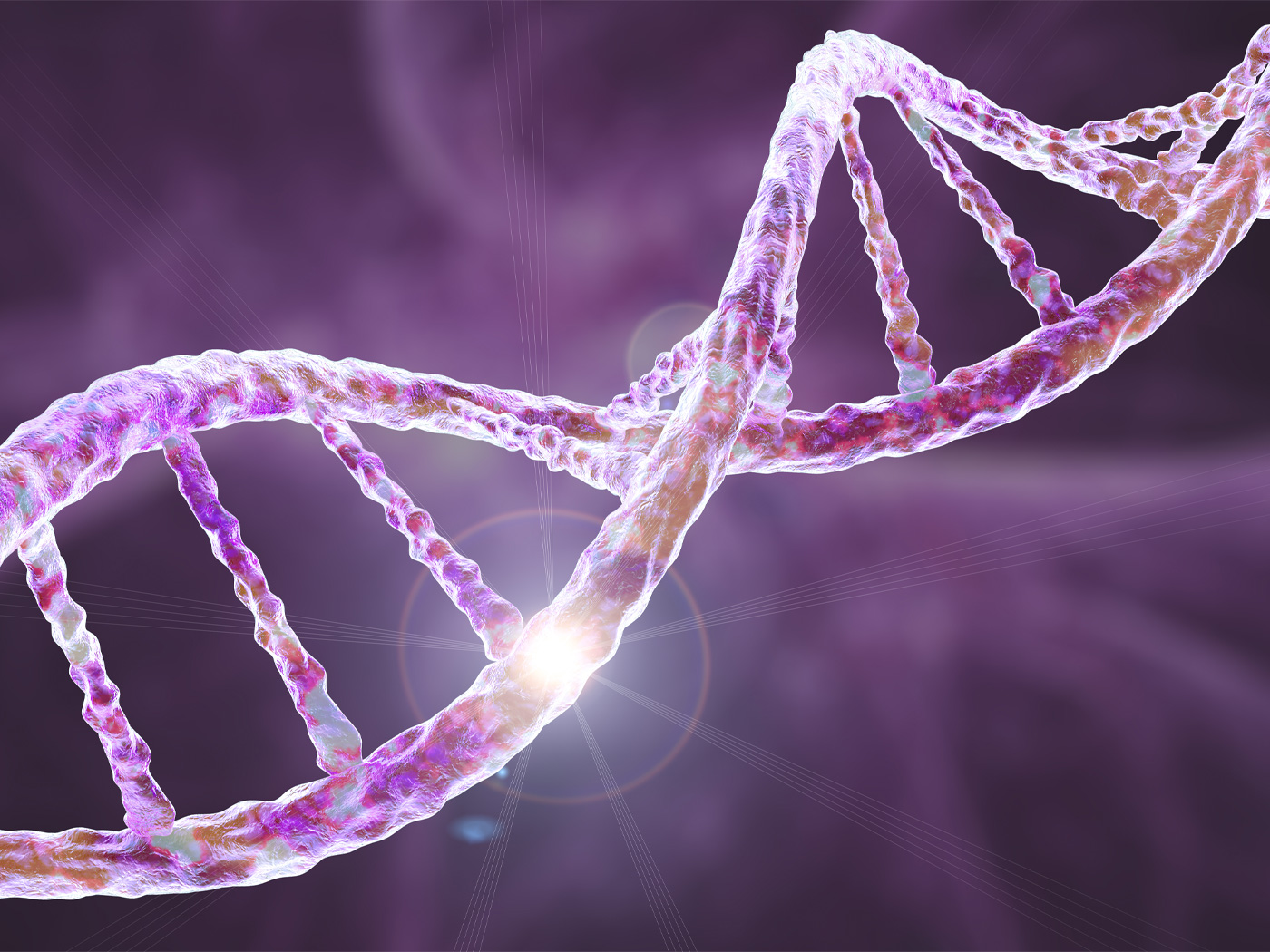Recent evidence of dual codes in the protein-coding sections of genes raised the bar on our understanding of genome complexity.1,2 Now a new study is showing that the control regions of genes contain dual codes as well.3 This newly discovered level of innovation clearly reflects elegant design rather than chance processes.
Genes produce RNA molecules called transcripts, some of which code for proteins while others are used directly by the cell. In either case, the gene has a complexly encoded control region at the beginning of its sequence called a "promoter." These promoter segments integrate a variety of control inputs based on the cell or tissue type, among other factors. They also recruit a variety of proteins called transcription factors that initiate the copying of the gene into an RNA transcript by an enzyme called RNA polymerase.
Many of the control codes in gene promoters that govern their activity have been difficult for scientists to decipher because they act in a complex combinatorial system with other factors. Further complicating matters is the recent discovery that multiple promoter regions exist, and each one is highly cell-type specific.4 So what is telling the transcriptional machinery which specific promoter site to use for a given gene and precisely when to begin transcription? While many functional promoter elements are now being identified, the cellular mechanisms for properly selecting which one to use remains unclear.
In this recent study, researchers used the developing zebrafish embryo as the model genetic system to study gene promoters. In the early development of the zebrafish embryo, the gene products (RNAs and proteins) inherited from the mother do most of the work in the cell.3 The genome of the zygote (newly dividing embryonic cells) becomes activated at the tenth-cell cycle—marking what is called the mid-blastula transition—providing an ideal opportunity to study how different promoter regions are selected and function in genes.
It was discovered that during this transition, the change from maternal to zygotic transcription involves a switch between two different promoter regions in many of the embryo's genes. But the really amazing aspect of this feature is that the initiation codes (essentially a form of genetic grammar) between the two promoter regions overlap—the coded information contains dual meanings depending on the context during the transition. The differences between the two promoter states (maternal vs. zygotic) is also defined by different three-dimensional conformations of the DNA molecule in the promoter region. The exact nature of this phenomena remains to be determined and the researchers state "The dissection of overlapping core promoter determinants represents a framework for future studies of promoter structure and function across different regulatory contexts."3
Clearly, the continuing discovery of dual meanings, messages, and functions in the same stretches of DNA will only continue to increase as genomes become more thoroughly scrutinized with advanced technologies. Designed irreducible biocomplexity is the only viable explanation for such discoveries, and this points to an incredibly intelligent Designer.
References
- Tomkins, J. 2014. Duons: Parallel Gene Code Defies Evolution. Creation Science Update. Posted on icr.org January 6, 2014, accessed April 8, 2014.
- Stergachis, A. B. et al. 2013. Exonic Transcription Factor Binding Directs Codon Choice and Affects Protein Evolution. Science. 342 (6164): 1367-1372.
- Haberle, V. et al. 2014. Two independent transcription initiation codes overlap on vertebrate core promoters. Nature. doi:10.1038/nature12974.
- Batut, P. et al. 2013. High-fidelity promoter profiling reveals widespread alternative promoter usage and transposon-driven developmental gene expression. Genome Research. 23 (1):169–180.
*Dr. Tomkins is Research Associate at the Institute for Creation Research and received his Ph.D. in genetics from Clemson University.
Article posted on April 9, 2014.




















